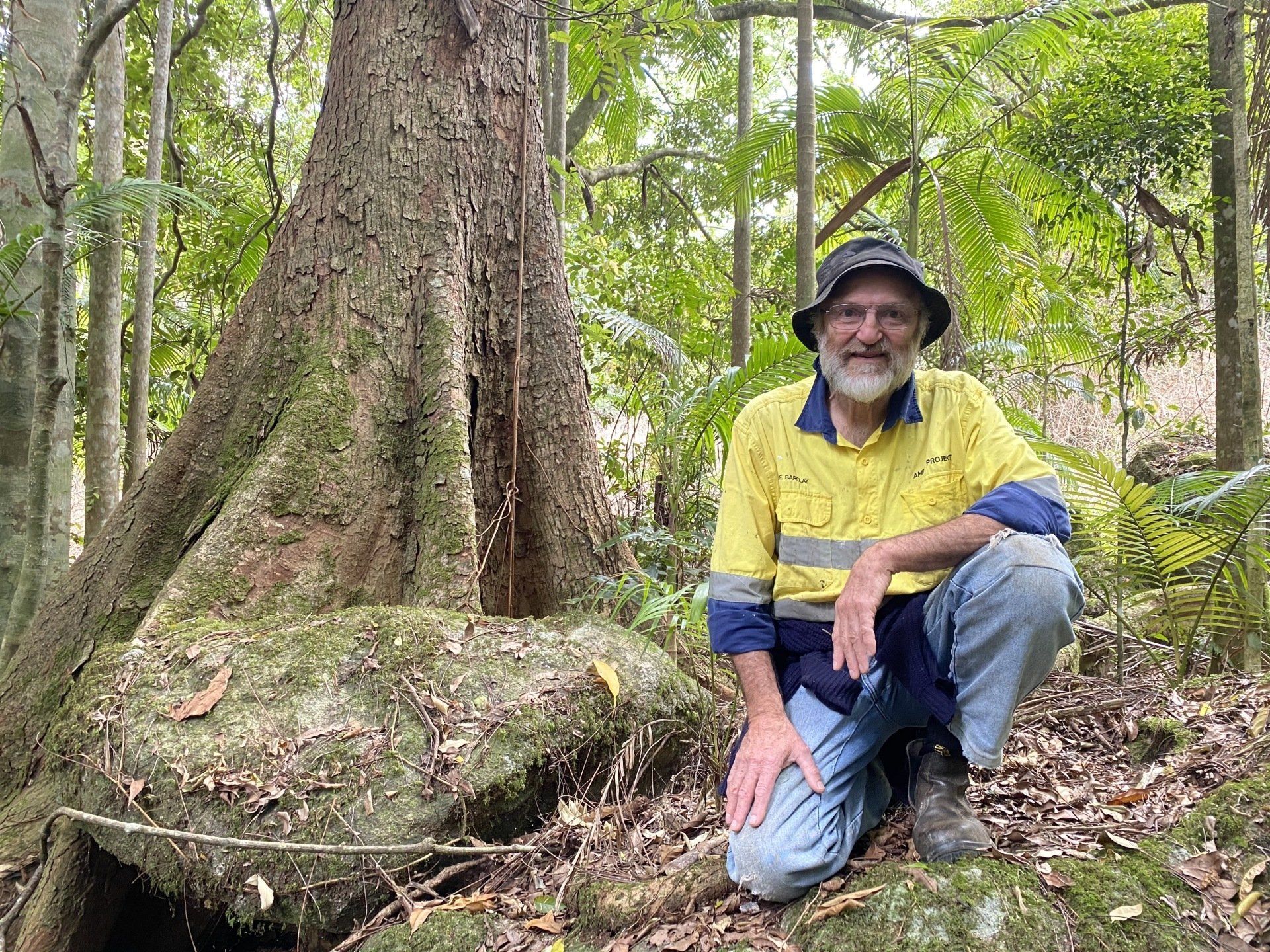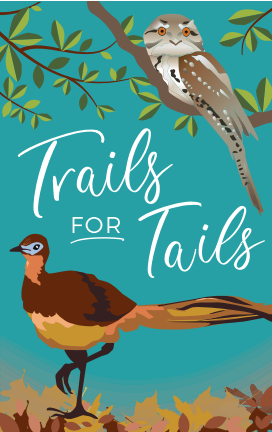Graham's Story
Graham's Story
“The numbers (of bird species) are going down and might reflect the more subdivisions occurring and much greater population density now… still it’s a worrying sign”

Dr Graham Watson and his wife bought their property at Huonbrook in 1974. Graham has been interested in ecology and the environment for many years and it was his love of the forest that drew him to the area. He has completed a PhD in forest ecology and has worked as an ecologist and in related fields for the NSW Government, the University of New England and the CSIRO.
The property at Huonbrook was incompletely cleared in the 1920s with some beautiful forest vegetation left intact. Now the property is protected under an in-perpetuity conservation agreement with the Biodiversity Conservation Trust. Graham and his wife have worked to transform the 70ha property to an entirely weed free status. In the process, numerous threatened species have been discovered including Southern Fontainea and an undescribed rainforest tree species. Graham has found this experience extremely rewarding.
However, over the years, Graham has noticed a concerning decline in the numbers and diversity of small fauna species, particularly forest birds. Recently, his analysis of several years of bird observation records from the Wilson’s Creek Bird Observers group, confirmed these concerns. Albert’s Lyrebird has been observed on the property in good numbers for many years. However, the Marbled Frogmouth has not been seen for some years. Other birds including the Yellow Throated Scrubwren and the Red-Tailed Cockatoo disappeared for a period of time before coming back. Graham is hopeful that the Marbled Frogmouth will also return.
Graham is interested in ecological burning as a safe and sustainable method of promoting bush regeneration in areas previously infested with Lantana . He hopes to receive approval to use this technique on the property. A controlled burn in strategic areas could create a buffer to help protect moist areas of forest from wildfire in future hazardous fire seasons.
